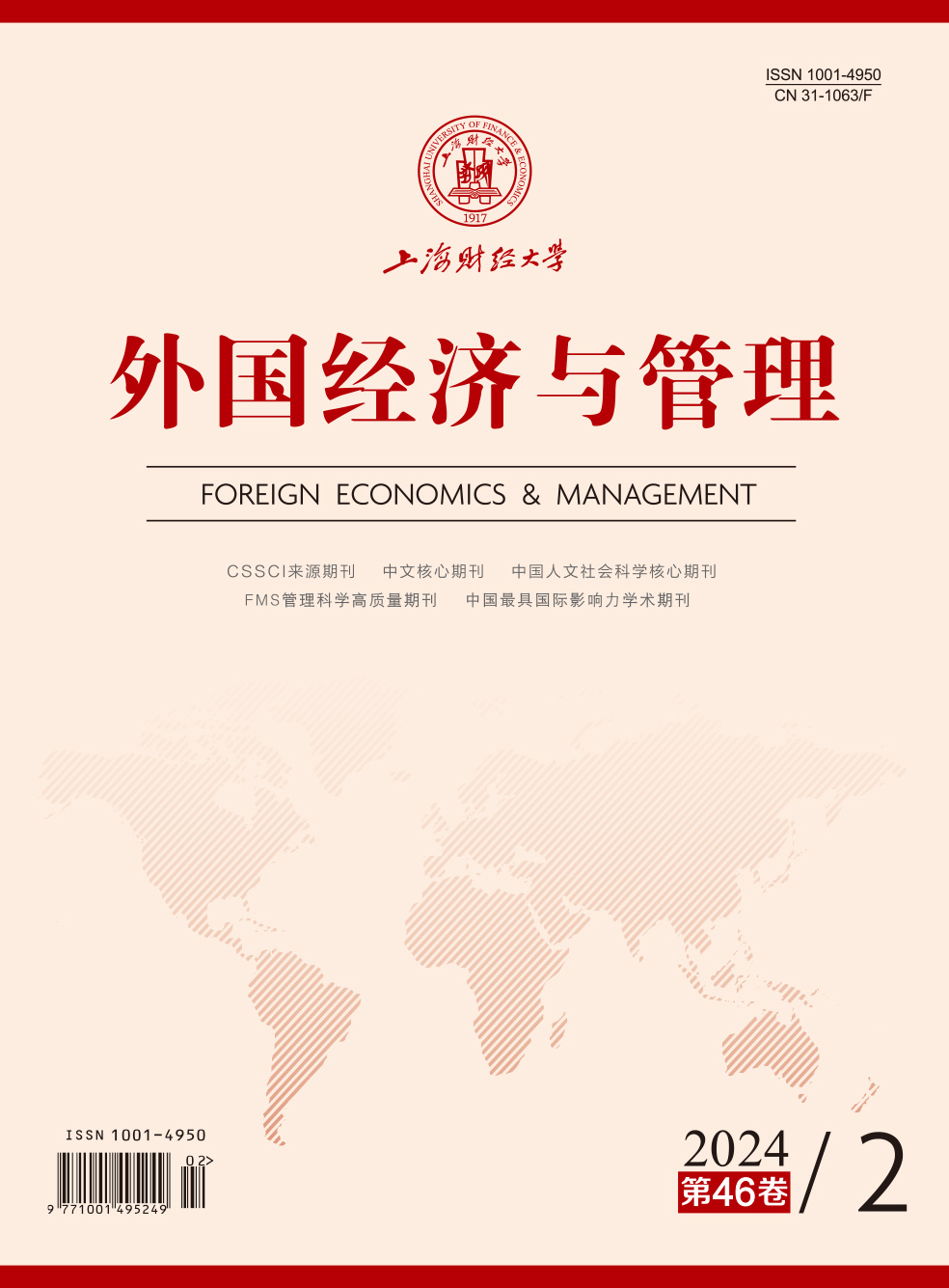Based on the existing classification model of system innovation, this paper takes the panel data of regional innovation ecosystems in 31 provinces of China from 2010 to 2019 as the sample and constructs an ambidexterity innovation evaluation and discrimination system using factor analysis. Then, based on the strategic triangle theory, it constructs the antecedent condition grouping of “resource base- symbiosis network-institutional environment”. The fsQCA is used to explore the complex causal relationship between the above-mentioned configuration and the high-level exploitative, exploratory, and ambidexterity innovation of the ecosystem.
The study finds that: First, there are no necessary conditions for the high-level exploitative, exploratory, and ambidexterity innovation of the ecosystem, but the symbiosis network is included in each parsimonious solution. Second, four configurations can realize the high-level exploitative innovation of the ecosystem: digitization-resource acquisition-symbiosis network, resource acquisition-symbiosis network-economic system, resource acquisition-symbiosis network-intellectual property protection, and digitization-symbiosis network-economic system-non-intellectual property protection. Third, three configurations can realize the high-level exploratory innovation of the ecosystem: digitization-resource acquisition-symbiosis network, digitization- symbiosis network-economic system-non-intellectual property protection, and resource acquisition-symbiosis network-economic system-intellectual property protection. Fourth, only two configurations can realize the high-level ambidexterity innovation of the ecosystem: digitization-resource acquisition-symbiosis network, and digitization-symbiosis network-economic system-non-intellectual property protection.
The main contributions are as follows: First, this paper improves the ambidexterity innovation evaluation and discrimination system of regional innovation ecosystems, which provides a quantitative basis for subsequent research. Second, based on the perspective of ambidexterity innovation, this paper takes regional innovation ecosystems as the research object, and uses panel data samples for qualitative comparative analysis, which broadens the application scope of the ambidexterity innovation theory. Third, this paper utilizes configuration analysis to explore the complex causal relationship between digital capabilities and other antecedent conditions, as well as their relationship with system innovation performance, which enriches the research content and paradigm of innovation ecosystems, and provides configuration strategies.





 4368
4368  3361
3361

